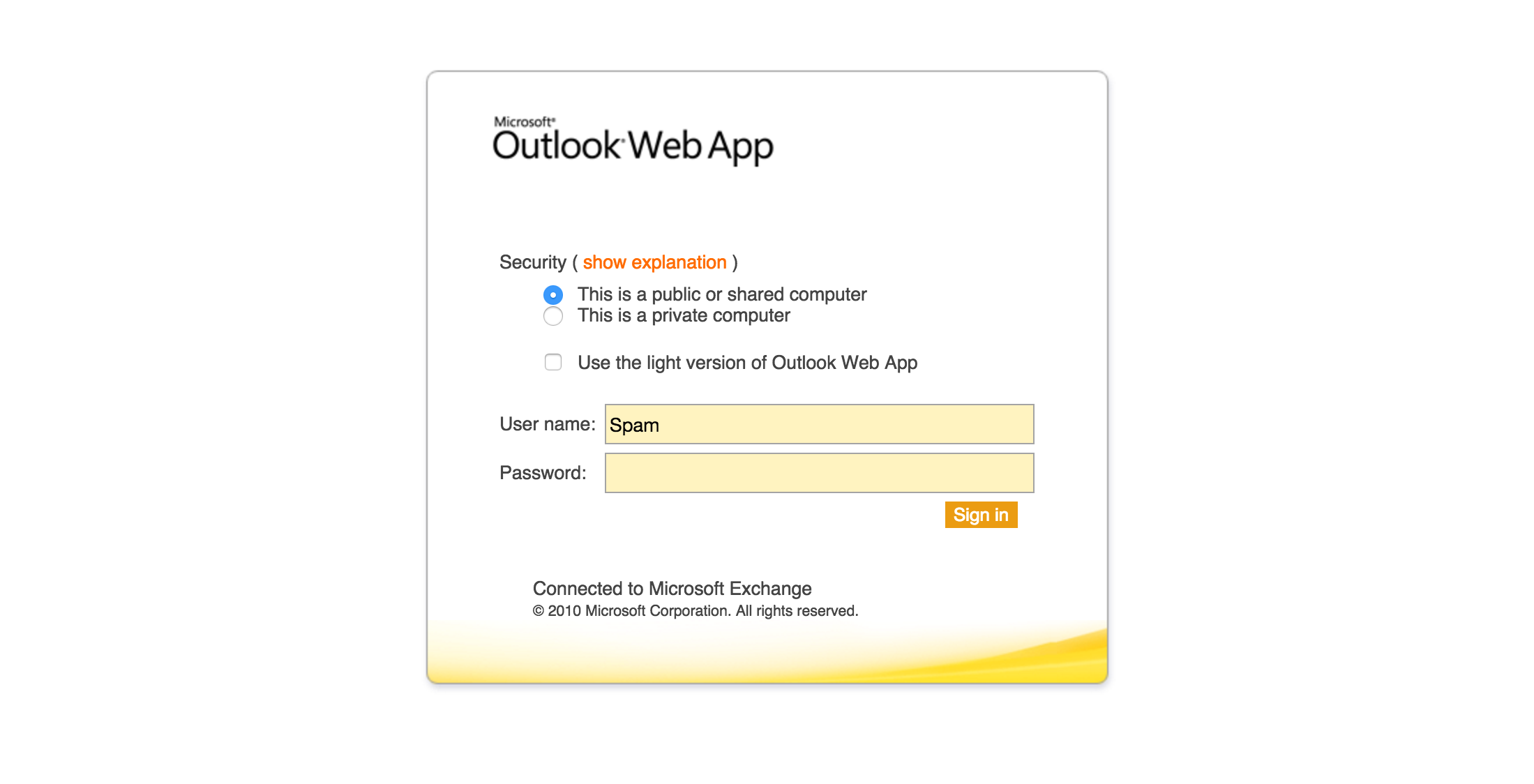At St. Lawrence University e-mail spam has been a hot topic among faculty after they received an increase of spam in the weeks before mid-semester break. Spam is unwanted messages that are often sent for the purpose of advertising or getting the recipient to sign up for something. Since mid-semester break, St. Lawrence University’s Information Technology department has implemented a new e-mail filter that has reduced the amount of spam on St. Lawrence e-mail accounts.
Several faculty were dealing with a lot of spam said Dean of First Year Program Jenny Hansen. While she personally was not very affected by the increase, Hansen remarked that some of her colleagues experienced a significant amount of spam in the time before mid-semester break. St. Lawrence students were not as affected, as Juan Huerta ’17 said he has received spam in the past but it is not a common occurrence.
This increase in spam was not unique to SLU, says Information Technologies Student Services Coordinator Steve Millington. In fact, the number of spam e-mails globally has doubled in the past three months, according to Cisco’s SenderBase.org. This increase coincided with the final weeks of St. Lawrence using an older spam filter leading to the increase in spam many faculty saw.
Over mid-semester break in October, St. Lawrence University switched from using “Forefront Protection for Exchange” to “Exchange Online Protection” to filter e-mails. Instead of filtering e-mails locally on St. Lawrence University’s e-mail servers, e-mails would now go through an external filter provided by Microsoft Exchange Online Protection, according to the Manager of Server Technology Rhett Thatcher. This change had an immediate effect of reducing much of the spam being received on campus.
The effectiveness of the new filter was surprising even to Information Technologies. “We sort of thought it would be status quo and hopefully it would be better, but it turned out to be much better” said Rhett Thatcher. He said that since the switch, they have received positive reports that the amount of spam received has been greatly reduced. While the shift between services was not a change Information Technologies took lightly, it seems to have significantly reduced St. Lawrence’s spam issues.
While the new service has worked so far, it is not a silver bullet, said Rhett Thatcher. The new service is much more current than the previous one, but for it to stay effective, Microsoft will need to continue updating the service. It is also unclear if this change will help guard against phishing, said Rhett Thatcher, and students and faculty still need to be extremely careful in clicking on links and entering their information online.



